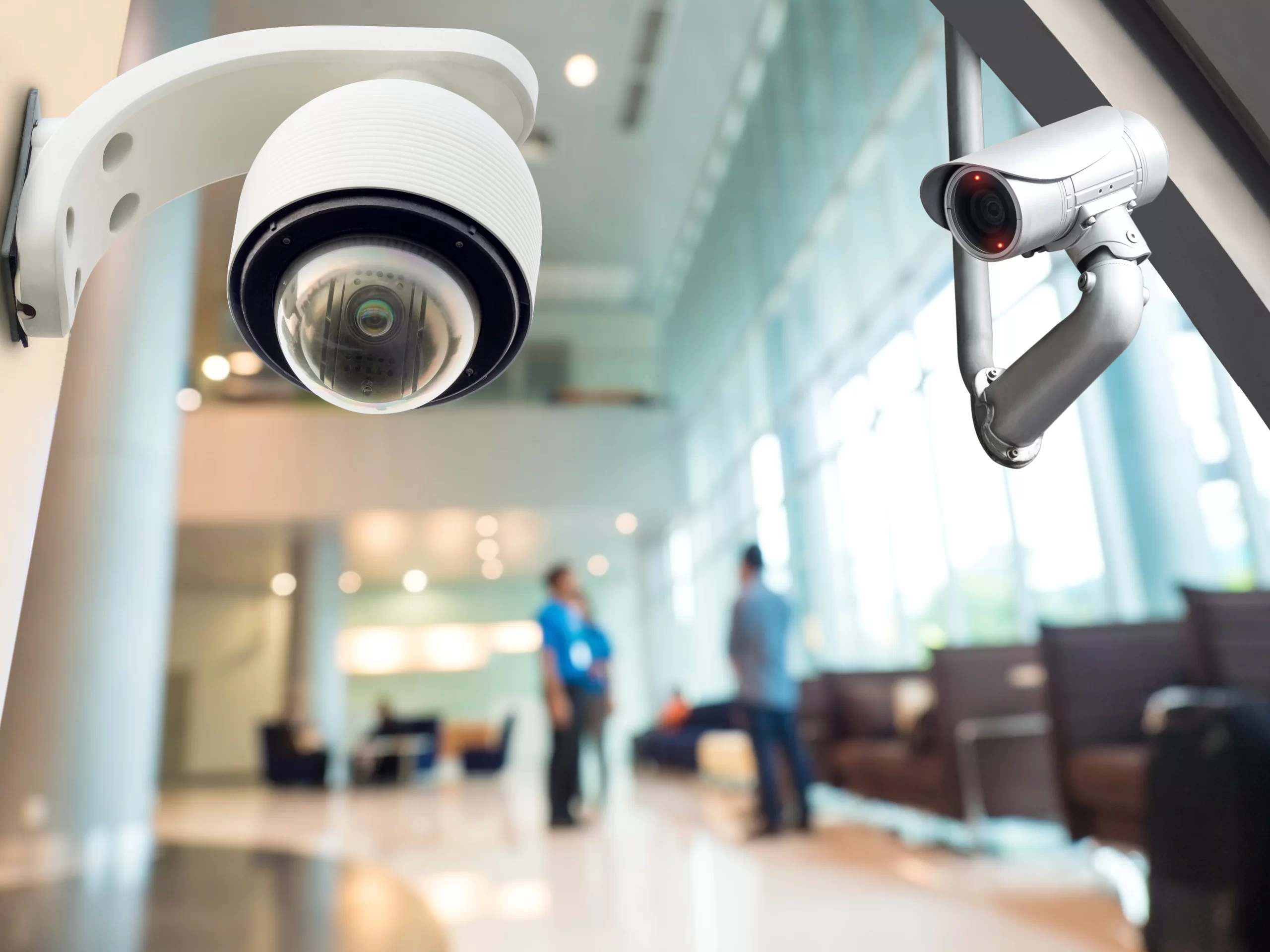Video Surveillance System Services

Video Surveillance Systems are fundamental components of the security industry, offering a robust and proactive approach to monitoring and safeguarding physical spaces. These systems utilize cameras, recording devices, and software to capture, analyze, and store visual data. Here are key details about Video Surveillance Systems in the security industry:
Camera Technology: Video surveillance systems leverage a variety of camera technologies, including analog, IP (Internet Protocol), PTZ (Pan-Tilt-Zoom), and specialty cameras like thermal or infrared cameras. The choice of camera depends on specific security needs and environmental conditions.
Coverage and Placement: Effective surveillance requires strategic camera placement to cover critical areas. Surveillance experts analyze the layout of the facility to determine optimal camera positions for maximum coverage and visibility.
Remote Monitoring: Modern video surveillance systems often support remote monitoring, allowing security personnel to view live camera feeds from anywhere with an internet connection. This enhances real-time situational awareness.
Digital Video Recorders (DVRs) and Network Video Recorders (NVRs): Recorded footage is stored on DVRs or NVRs. DVRs are used for analog cameras, while NVRs are compatible with IP cameras. These devices allow for the retrieval and playback of recorded video.
High-Definition Imaging: HD and 4K resolution cameras provide clear and detailed images, essential for identifying individuals, objects, or activities. This improves the overall effectiveness of surveillance efforts.
Motion Detection and Alerts: Video surveillance systems can be equipped with motion detection capabilities. When motion is detected in predefined areas, the system triggers alerts, notifying security personnel of potential security incidents.
Video Analytics: Advanced video analytics enhance the capabilities of surveillance systems. AI-powered analytics can identify objects, track movements, and generate alerts based on predefined criteria, reducing the need for manual monitoring.
Integration with Access Control: Video surveillance often integrates with access control systems. This integration enables a more comprehensive security approach, allowing security personnel to visually verify access attempts and monitor secure areas.
Scalability: Video surveillance systems are designed to be scalable, accommodating the growth of security needs. Additional cameras and storage capacity can be easily added to the system as requirements evolve.
Backup and Redundancy: To ensure data integrity, video surveillance systems incorporate backup and redundancy features. This includes redundant storage, backup power supplies, and failover mechanisms to prevent data loss.
Compliance with Regulations: Surveillance systems must comply with privacy and data protection regulations. This involves implementing features such as video anonymization, secure storage, and access controls to protect sensitive information.
User-Friendly Interfaces: Intuitive interfaces for managing and accessing video feeds make it easier for security personnel to operate and extract relevant information from the system.
